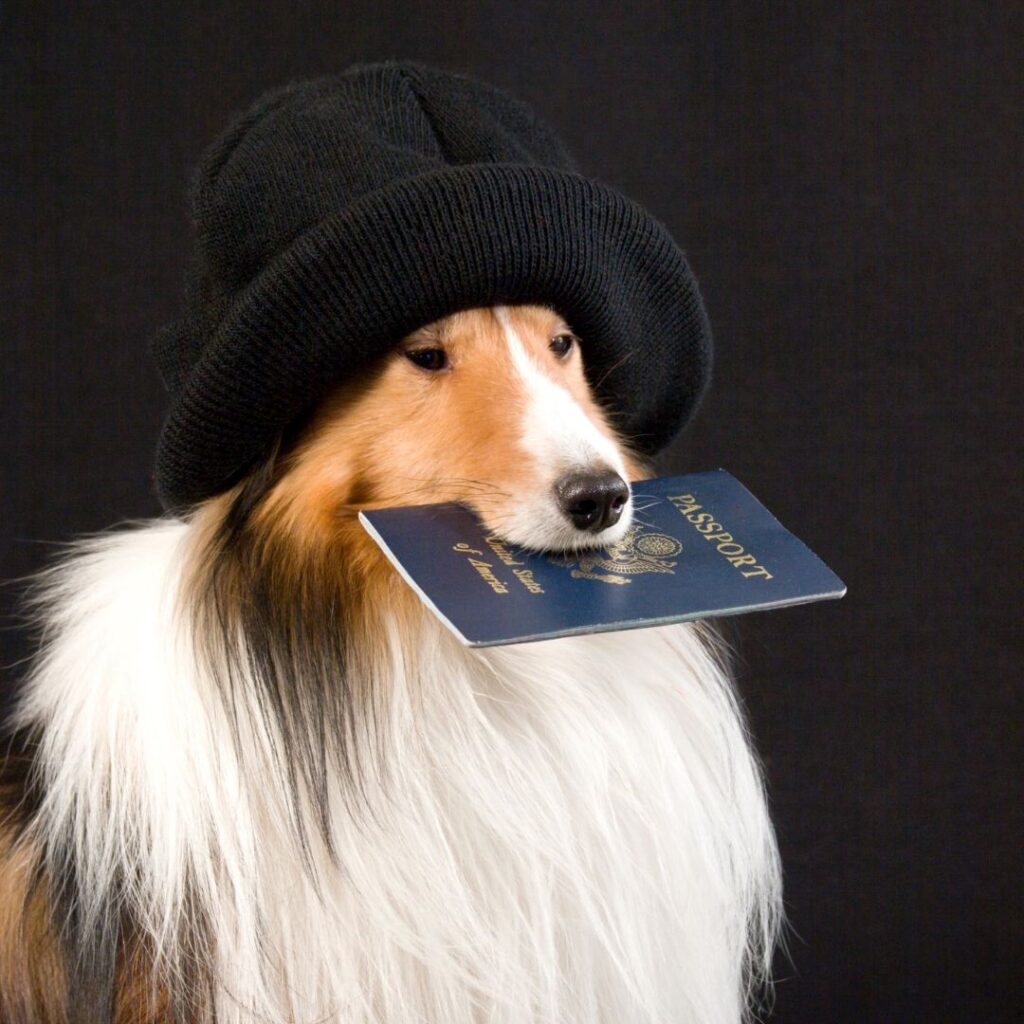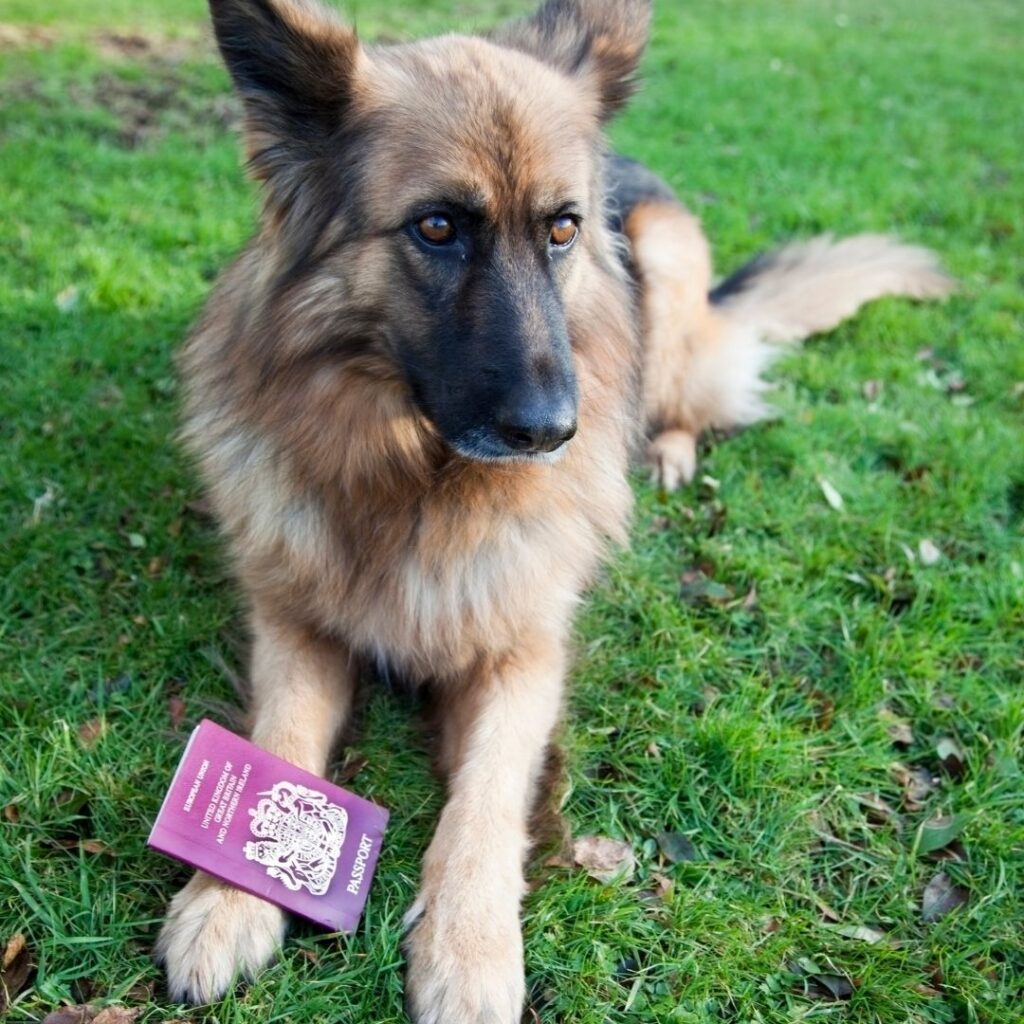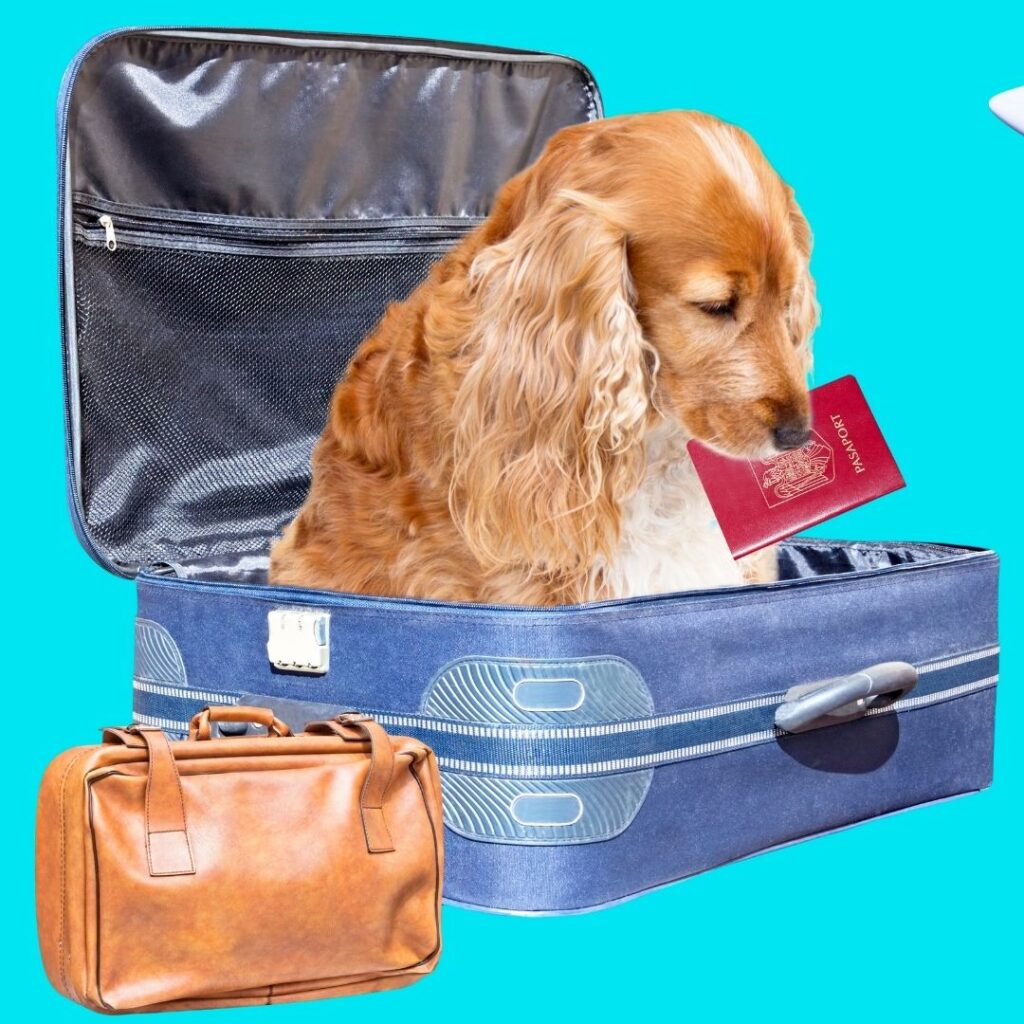The animal passport is an optional document for cats and dogs to have the right to travel outside Brazil. However, it serves as a reminder of the unforgettable experience you had with your pet.
However, for the guardian to issue this document, it is necessary to follow some rules that can cause some confusion for parents of pets who are still inexperienced in these international travel procedures.
And without the necessary information, you as a parent of Pet may find yourself in stressful situations before the trip. And everyone wants a joyful, fun and peaceful trip in the company of their pet.
For this reason, PETFriendly Turismo prepared this article to talk about the main information about animal passport, explaining all the details that can cause confusion and showing in a simple and practice how to issue this document to your pet!
To see the full video on animal passport, made by veterinarian Dr Juliana Stephani, responsible for PETFriendly Turismo, just click here.
What is an animal passport?
The animal passport is a document that serves to control the exit and entry of dogs and cats in a country, but it is not a mandatory document for those who want to know new places next to their pet.
However, like any document, its issuance follows some bureaucracy and rules in order to maintain the safety of everyone involved or impacted by the pet’s departure.
In the case of Brazil, the issuance of the animal passport is not mandatory to leave the country, regardless of your destination.
According to Ministry of Agriculture, Livestock and Supply, between 2014 and 2019, more than 1,400 animal passports were issued only in the cities of Rio de Janeiro and São Paulo, which lead the issuance of passports, with 812 and 664 documents respectively.
However, it is worth mentioning that there are rules for you to have this document in hand, as you will see in the next topic of this article.
Rules for issuing an animal passport
Issuing the animal passport follows some general rules, namely:
- The pet must be at least 3 months old;
- Be born in Brazil;
- Be raised by Brazilian tutors;
- Be microchipped
- Have examinations by a veterinarian registered with the Regional Council of Veterinary Medicine.
If your pet complies with all the rules listed above, he can have his passport issued free of charge as long as you submit the request 30 days before your trip, counting only the working days.
Which countries accept animal passports?
The animal passport is an option for trips of up to 60 days, however few destinations accept the document.
Among the countries that accept pet passports are:
- Uruguay;
- Argentina;
- Paraguay;
- Venezuela;
- Brunei;
- Colombia;
- Gambia;
- Taiwan.
For countries that are not on this list, you will need to issue an International Veterinary Certificate (CVI) with the Ministry of Agriculture, Livestock and Supply, otherwise, not even with a passport your pet will be able to board the plane.< /p>
Issuing a pet passport important?
Issuing a pet passport can be of great help as long as you are interested in discovering new destinations in one of the countries listed above.
This is because, once issued, the document only needs to be validated on future occasions.
Unlike the CVI, which needs to be issued with each new trip you make with your pet.
In other words, even though it is an optional modality and with few opting countries, the animal passport is free and makes it a lot easier when making a trip because it will have all the veterinary records in an integrated way.
How to issue an animal passport?
To issue the animal passport, you must go to the nearest International Agricultural Surveillance System (Vigiagro).
The list of active units is on the website of the Ministry of Agriculture, Livestock and Supply and can be seen clicking here.
Once you find the nearest unit, you must go there with your pet, whether dog or cat, 30 working days before the date of travel, making sure that the document will be ready in time.
In addition to the pet itself, the responsible tutor needs to prove some information and have some mandatory documents with him.
First, the pet must have the microchip, vaccination card and identity card in order to confirm the information provided by the tutor.
In addition, you must present two photos of the animal, size 5×7, for the making of the passport, one of which will be archived at the Vigiagro unit.
Finally, the pet must comply with all the rules for issuing the animal passport as mentioned above in this article.
In relation to the pet tutor, there are some obligations on his part.
First, he needs to print and fill in all the data and fields the application “Granting a Passport for Dogs and Cats”, which can be found at this link here. With the document in hand and complete, the tutor needs to take it to a Vigiagro unit.
However, in addition to it, the tutor must have the original documents and copies of the following items with them:
- Official identification document;
- Pet tutoring document;
- Proof of microchip application (must contain number, application date and location) ;
- Pet health certificate according to the Federal Council of Veterinary Medicine of a maximum of 10 days.
How to travel without a pet passport?
To make international flights to any destination, you must issue an International Veterinary Certificate and follow recommendations that vary, and may or may not be more demanding. The passport is not the mandatory document for traveling abroad with dogs and cats.
PETFriendly Turismo has already produced a complete and definitive guide on the main recommendations for domestic and international travel, so just take a look at blog to better understand the subject.
However, if you want to have a stress-free trip and ensure that your only certainty is an unforgettable trip with your four-legged child, just go to contact a pet tourism specialist from PETFriendly Turismo.








You must be logged in to post a comment.